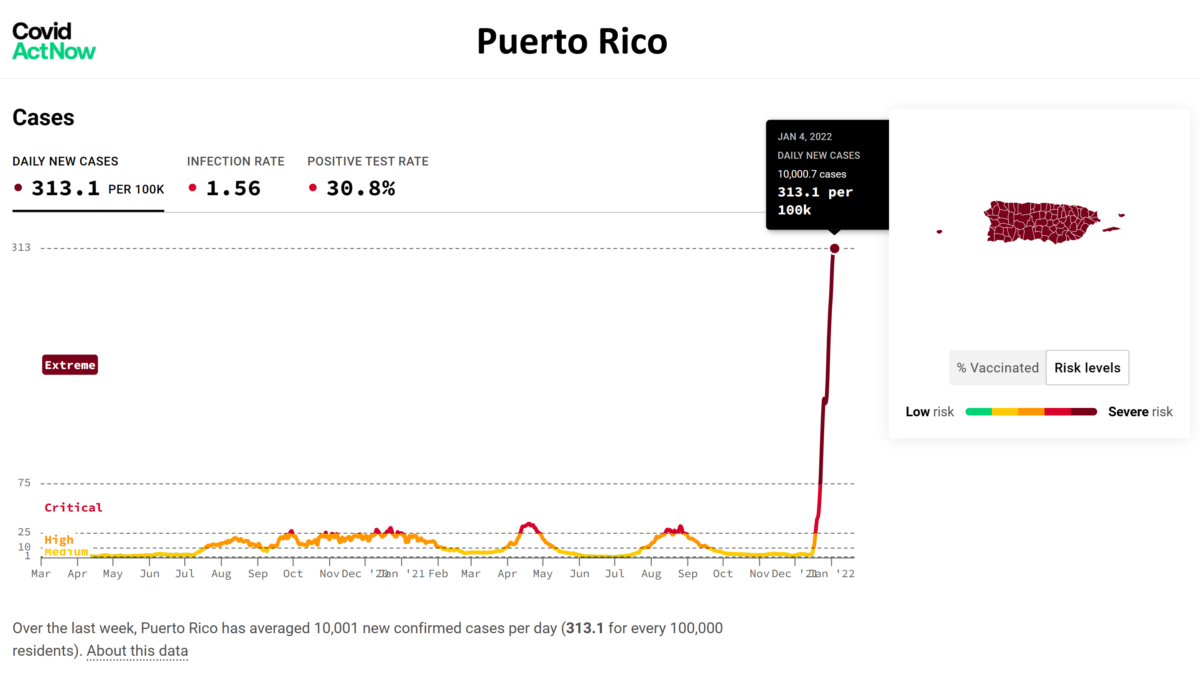Australia towns evacuated as floods again threaten New South Wales – ‘We’ve broken a few records already and we expect to break some more’
By Phoebe Sedgman
29 February 2012 Hundreds of residents are being forced from their homes in New South Wales as floodwaters threaten as much as half of Australia’s most populous state and heavy rainfall spreads to neighboring Victoria. About 50 percent of NSW, home to the nation’s biggest city Sydney, is flooded or under threat after 100 millimeters (3.9 inches) of rain fell in a 24-hour period in some areas, Julie Evans, a meteorologist at the Bureau of Meteorology, said by telephone today. “We’ve broken a few records already and we expect to break some more,” Evans said today. “This event hasn’t finished. We’re expecting widespread falls of 50 to 100 millimeters and some over 100 millimeters today in parts of” the state’s southeast. Areas of Cooma, a town of about 6,500 people 390 kilometers (240 miles) south of Sydney, and parts of Goulburn, with a population of more than 20,000, are being evacuated, the State Emergency Service said. Floodwaters in northern New South Wales last month damaged homes, ruined cotton crops and caused cattle sales to be canceled, one year after natural disasters cost the Australian economy A$9 billion ($9.7 billion). Residents in Tallygaroopna, a township of 270 people about 200 kilometers north of Melbourne, have been told to prepare to evacuate, Victoria State Emergency Service said today. Warragamba Dam, about 65 kilometers west of Sydney, is almost 94 percent full and may reach capacity and begin spilling over in coming days, according to a statement on the Sydney Catchment Authority website. […] Most of New South Wales and eastern Victoria may receive between 50 millimeters and 100 millimeters of rain in the four days to March 4, according to a model on the bureau’s website. Some regions may get between 150 millimeters and 300 millimeters in the period, the model shows. Australia may have wetter-than-normal weather in most of its eastern regions between March and May, the bureau said on 22 February 2012.

